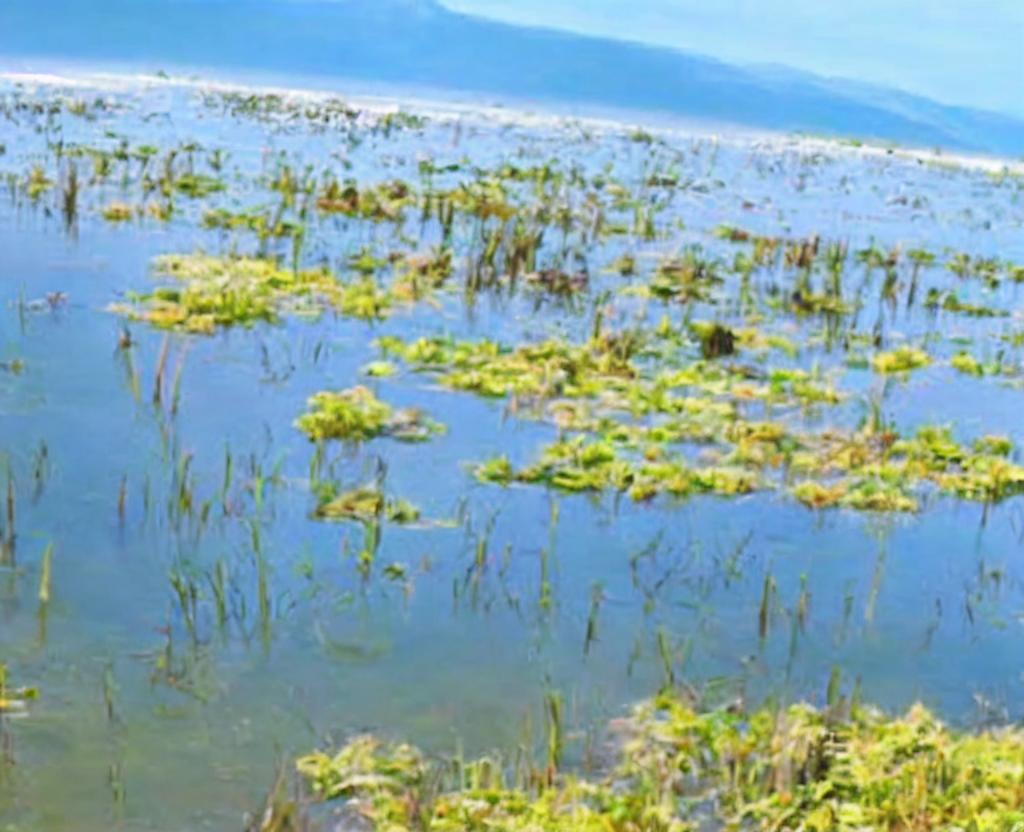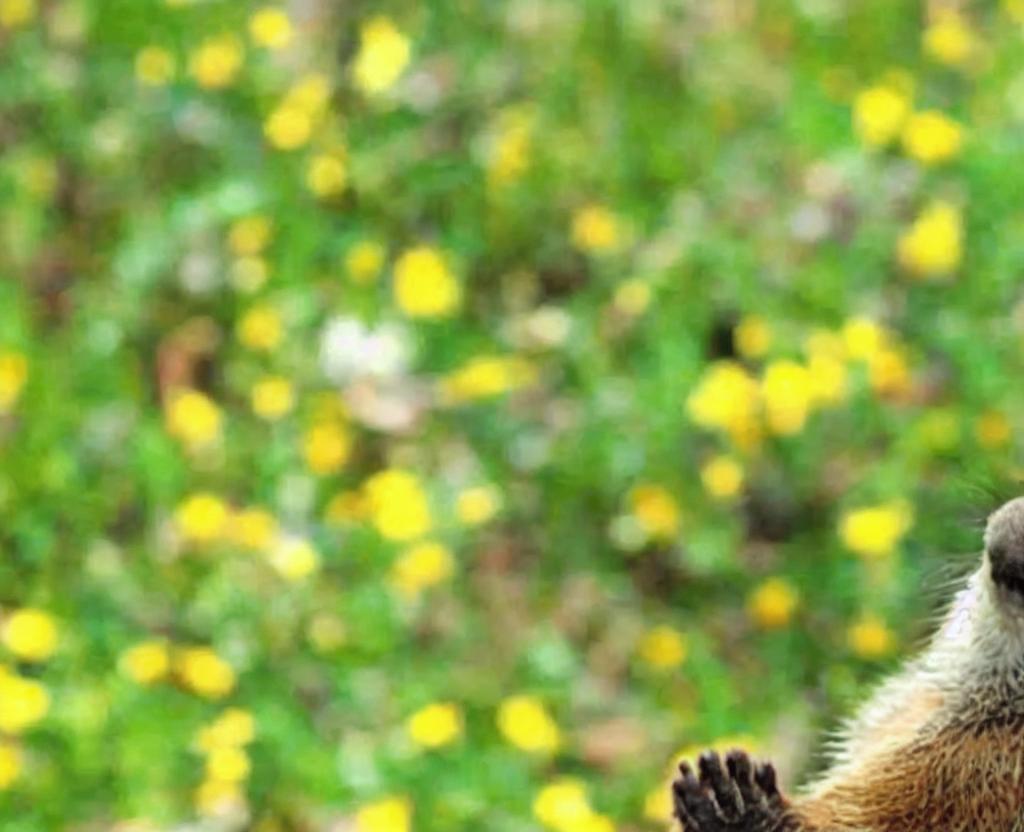
World Wetlands Day
Each year on February 2nd, World Wetlands Day commemorates the founding of the Convention on Wetlands and raises concerns about the world's vanishing wetlands.
Wetlands are a distinct ecosystem that is flooded by water, either permanently or seasonally. wetlands include swamps, lagoons, coral reefs, and saltmarshes. Aquatic plants make wetlands different from other landforms or water bodies, according to the vegetation. Both aquatic and land animals are also available on Wetlands. On every continent, with the exception of Antarctica, wetlands exist.
Wetlands, for example, play a vital role in the world's ecosystem.
- Wave action is protecting our shores from wave action off our shores
- Flooding is reducing the impact of floods in the United States. Flooding is also reduced
- Absorbing pollutants
- Improving water quality is improving. Improving water quality is also improving
- Provides habitat for animals and plants. Providing habitats for animals and plants is essential
- Land and water are a vital link, and providing an important link between land and water is a good start
- More than one billion people live on wetlands for a living
- Up to 40% of the world's species live and breed in wetlands
Unfortunately, wetlands around the world are disappearing. In fact, wetlands are disappearing three times faster than forests, according to the author. Around 35% of the world's wetlands were lost between 1970 and 2015. Many reasons have caused Wetlands to be barred from certain areas. These include climate change, urbanization, and population increases. Pollution, unsustainable use, and invasive plants also threaten the survival of wetlands. wetlands are also endangered by pollution.
Despite the importance of wetlands, policymakers, and decision makers, many policymakers and decision makers underestimate wetlands. The world needs to be educated on the vital importance of this biodiverse ecosystem. Wetlands cover a larger area than Greenland. Of all the wetlands, the world protects only 13 to 18 percent of them.
How to celebrate #worldwetlandsday. www.worldwetlandsdaycom
Several environmentalists and conservation organizations hold events to highlight the importance of preserving and protecting the wetlands. Since 2015, Ramsar Convention on Wetlands has hosted a Wetlands Youth Photo Contest, promoting young people's participation in the day. Wetlands Youth Photo Contest has been running since 2015.
To participate:
- Learn more about wetlands and their importance
- The Everglades in Florida, Carmargue, France, and Wasur National Park in New Guinea are among the world's most wetlands, including the Everglades in Florida, Carmargue in France, and Wasur National Park in New Guinea
- The Wetlands Initiative is a non-profit organization that supports conservation groups, such as The Wetlands Initiative
- wetlands must be conserved and protected, according to others. Discuss with others what can be done to preserve and protect the wetlands
- For more details, visit the World Wetlands Day website for more details
If you're hosting a party, be sure to invite someone to join you. Share your experience on social media using the hashtag #WorldWetlandsDay to highlight your experience.
The world wetlands day is the longest day in history
The Convention of Wetlands in Ramsar was signed by a small group of environmentalists on February 2nd, 1971. This Iranian city is located on the shores of the Caspian Sea. The Ramsar Convention is also known as the international deal. The international agreement is also known as the Ramsar Convention. World Wetlands Day was established in 1997, many years later, in 1997. Today, over 100 countries participate in activities held on this day.
The following topics are among the most popular ones:
- tlands and Biodiversity in 2020: Wetlands and Biodiversity, Wetlands and Biodiversity
- 2019: Wetlands and Climate Change, Wetlands and Climate Change
- Wetlands for a Sustainable Urban Future, 2018: Wetlands for a Sustainable Urban Future
- Wetlands for Disaster Risk Reduction, 2017: Wetlands for Disaster Risk Reduction
- Wetlands for Our Future: Sustainable Livelihoods in 2016. Wetlands for Our Future: Sustainable Livelihoods in 2016






